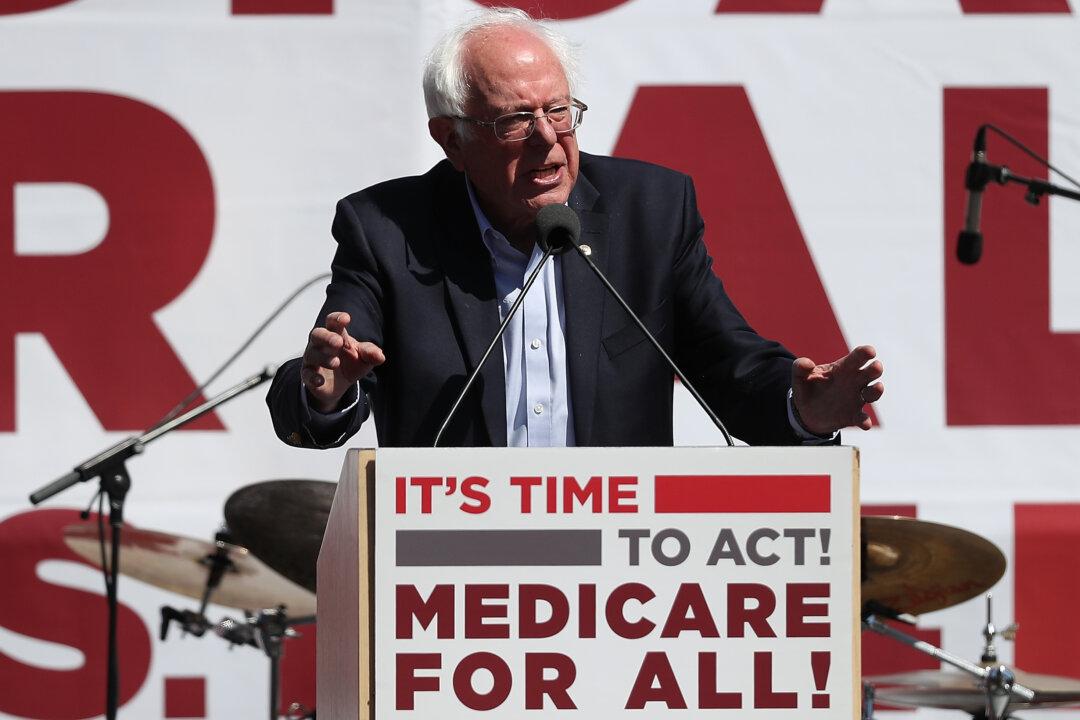While the 2020 Democratic presidential debates are mostly dominated by Medicare for All, some health care industry professionals are saying any such approach will cause families to pay more and wait longer for worse healthcare.
“Whether it’s called Medicare for All, Medicare buy-in, Medicare for all who want it, or the public option, a new government health insurance system will force Americans to pay more and wait longer for lower-quality care," Lauren Crawford Shaver, executive director of the Partnership for America’s Health Care Future told The Epoch Times in a statement.





